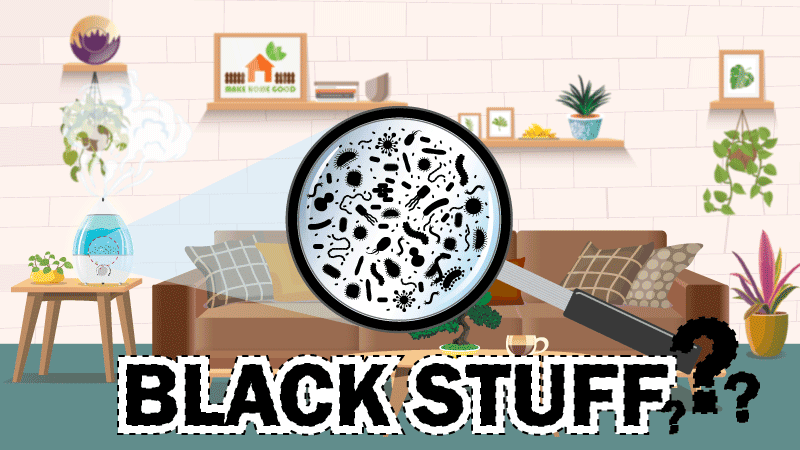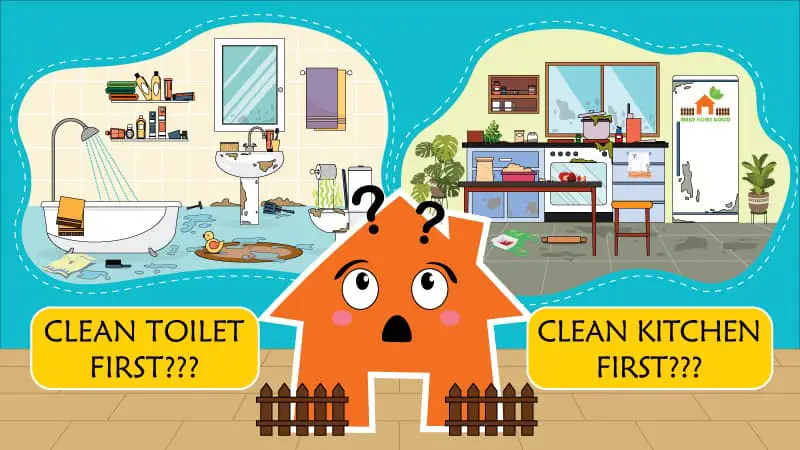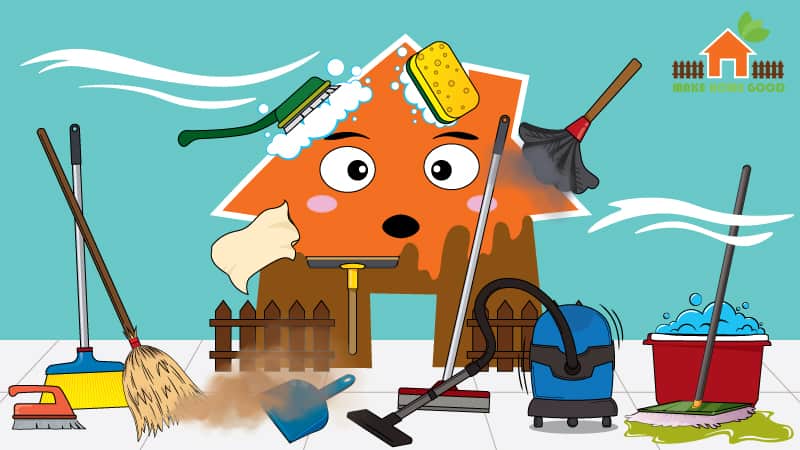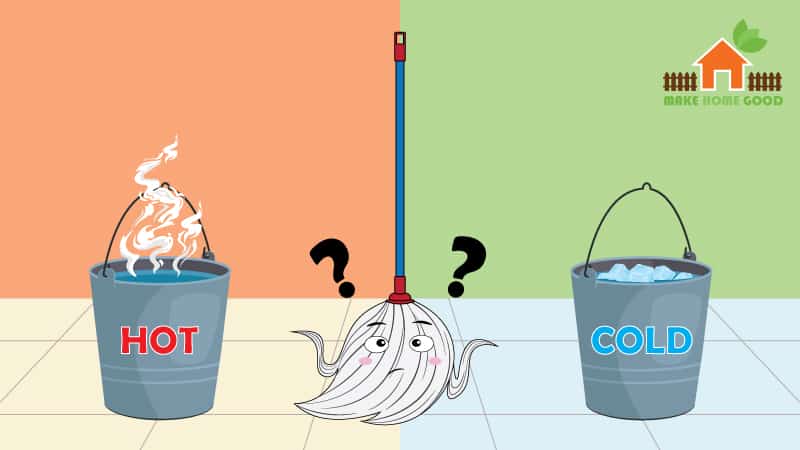Humidifiers have been popular for the last decade due to the variety of benefits they offer. They help with skin dryness and nose bleeds, but they also provide sufficient moisture to indoor plants.
However, it becomes difficult to get all these advantages if the water color changes to black. Rather than assisting you with the skin irritation, it begins making it worse. Many homeowners face this problem, and it becomes challenging to figure out the root cause of this malfunction.
Fortunately, the solutions are simple and convenient, and one usually does not need to replace the humidifier.
The most common reason that leads to unbreathable black water from humidifiers is a dirty humidifier, either due to the clogging of mesh filters and mineral deposition on the surfaces or mold development.
I have included the factors that often result in dirty black water to answer your query in detail in this post.
I recommend checking your humidifier for every possible cause since it will facilitate early detection. Moreover, there is a possibility that more than one problem exists in the product that is reducing its effectiveness.
4 Common Causes Of Black Water In Humidifiers
Clogged Filter
The filter is an essential component in the humidifier that removes a majority of impurities from water. When mineral elements and salts, especially calcium and magnesium compounds, settle on the filter, they start accumulating on its surface.
This build-up increases with time and thus affects the performance of the humidifier.
Generally, this happens when you fill your product with hard water since it is rich in these minerals.
Cleaning the humidifier frequently and preferring distilled water over regular tap water can prevent this issue from happening.
Distilled water is readily available in the market at an affordable price.
Accumulation Of Deposits On Humidifier Walls
Another reason for the black water that a humidifier emits is the unsuitable environment inside its tank. When you keep using unfiltered water from the tap, many minerals are also fed to the container.
These residues, including lime, calcium, and magnesium salts, get filtered from the fine mesh and enter the vaporization chamber, turning the water into steam or mist.
Here, they get deposited on the edges and walls of the tank.
When you turn on the humidifier, it starts entering the warm vapors as it begins to travel upwards for cooling. The outcome is the visible and damp fog that carries the white and black clumps. This production is unhealthy for skin, hair, and plants and tends to settle on furniture.
It is necessary to fix this problem before you can enjoy the humidity in your room. Simply wash the walls with vinegar until the deposits are removed thoroughly and clean with water.
Usually, white vinegar performs this function better than other kinds. Remember to use filtered water to prevent it from happening in the future.
Mold Development In The Humidifier
Mold is a widely occurring fungus and buds easily when found in damp and moist conditions. As it grows, it develops a dark brown or black material which is noticeable to the human eye.
Another prominent sign of mold’s presence is the foul odor in the surrounding area.
If you have been noticing black water and an unpleasant smell, and black spots on the inner walls of your humidifier, there are high chances that this organism is growing. Some might also see brown streaks on the product’s outer body.
It is highly advised to clean the tank thoroughly as soon as you find the presence of this fungus. According to a study regarding the health risks of mold, several serious problems can be faced by the consumers taking in mold spores.
These mycotoxins cause eye irritation, respiratory issues, headache, and sneezing. If you feel that the mold has spread substantially, purchasing a new one is a better option.
Use Of Rainwater In The Humidifier
Have you collected rainwater for your mist-producing item since it seems to be filtered? If you do not use tap water and the first pointer in the list does not apply to your case, chances are the water is turning black due to rainwater.
Though it appears that this liquid is cleaner, it still has a range of elements that build a layer on your filter. These include copper, aluminum, zinc, chromium, and other heavy metals.
These elements will gradually clog this part and impact its efficiency in cleaning the water. Furthermore, they tend to oxidize and incorporate calcium and sodium salts, leaving brown spots on the inner boundaries of the container.
When the product is functional, the water mixes with these products, and you observe black fog.
If you are still considering filling the humidifier with rainwater, it is appropriate to wash the filter regularly and dry the tank in the air.
In addition, installing premium quality filters such as activated carbon filters helps greatly remove chemicals and heavy metals.
Frequently Asked Questions
Is it good to sleep with a humidifier when sick?
In case someone catches a cold, sleeping with a humidifier that produces warm vapors helps in alleviating some symptoms. It assists in loosening the congestion and lubricates the respiratory passages. It makes it easier for a sick person to breathe.
Do humidifiers reduce dampness?
No, the basic function of humidifiers is to increase the moisture content in the atmosphere and help in a dry environment. So, it is suitable for winters and not preferable during summers.
How do you clean a moldy humidifier filter?
Combining 2-3% hydrogen peroxide with some water and rinsing the humidifier tank with this solution is highly effective in cleaning a moldy filter. Let the liquid sit there for at least an hour for thorough cleaning.







